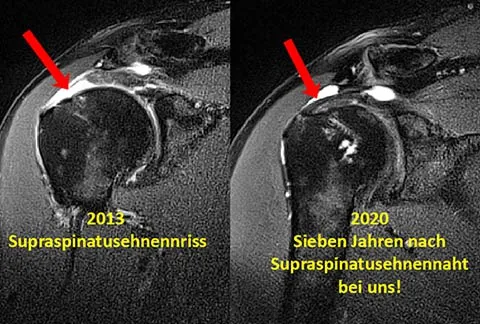We can now issue the official digital vaccination certificate approved by the federal government in our practice.
The digital vaccination certificate is an additional option for documenting coronavirus vaccinations. Vaccinated individuals can use it to conveniently store information such as the vaccination date and vaccine type digitally on their smartphones – either in the CovPass app or the Corona-Warn-App.
The certificate can be issued at any time in our practice. To issue it, we require photo ID, your insurance card if possible, and official proof of vaccination (e.g., vaccination record). After entering the data, a 2D barcode will be created, which you will receive on a paper printout and can later scan and use with the CovPass app or the Corona-Warn-App.
Since March, we have been offering rapid Corona antigen tests free of charge and without prior appointment in our practice.
Our practice is officially registered as a testing practice with the Saarland Ministry of Health, and you will receive an official certificate of your test result within a few minutes. Testing is available to everyone, including those who are not patients at our practice!
This certificate is required for visits to many shops, hairdressers, and leisure facilities such as fitness studios.
You must have the Adobe Flash Player installed to view this player.
I took advantage of the quiet time during our Christmas holidays to produce some videos for our practice's video blog. These videos particularly highlighted the new findings on calcific tendonitis and its treatment options.
I would be delighted if you would watch our video blog.
After a rotator cuff tear, suturing usually pays off in the long run. Prof. Felix Zeifang from the University Hospital in Heidelberg reported at the Ortho Update on a recent trend reversal in the treatment of shoulder tendon tears.
Last year, there was a 180° turnaround in recommendations for rotator cuff tears. While it was previously assumed that success rates of up to 75% could be achieved with purely physiotherapy treatment (Kuhn et al., JSES 2013), experts now have to admit that these hopes were probably premature.
According to the shoulder expert, the current study by Stefan Moosmayer (JBJS 2019) with a total of 103 participants provides insight into how patients fare in the long term: After ten years of follow-up, tendon suture was significantly superior to physiotherapy alone for small to medium-sized ruptures, both in terms of strength and pain.
The results were initially similar, but after a few years the curves diverged significantly. What also became clear was that the non-operated ruptures increased in size over time. In the conservatively treated group, 41% of patients showed a tear enlargement of more than 1 cm over the course of the study. 27% ultimately required surgery.
These findings published by Prof. Zeifang fully correspond to our current recommendations for our patients and reaffirm our approach to treatment decision-making.

Last week, I saw a patient in whom we had sutured the supraspinatus tendon seven years ago.
After an accident, this patient presented to our office with a torn tendon. In addition to considerable pain, especially at night, he also had difficulty using his arm forcefully overhead. In a minimally invasive procedure (arthroscopy/keyhole procedure), I reattached the tendon to the shoulder. For the suture, I used a modern plastic suture anchor that does not interfere with the body and does not trigger any reactions.
Seven years after this surgery, the new MRI images show the perfect result. The tendon has fully reattached to the bone. The patient can use his arm again without restriction.